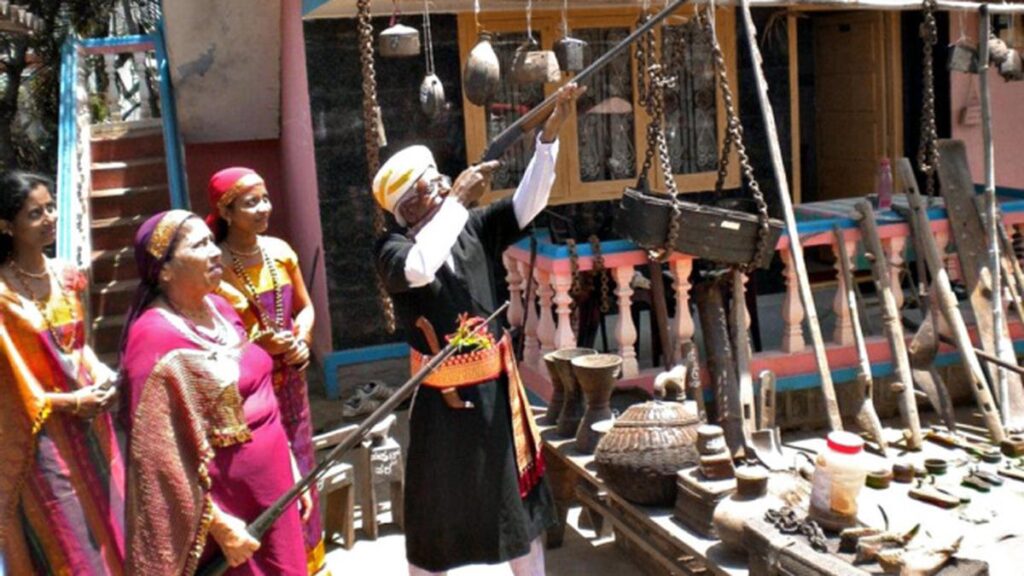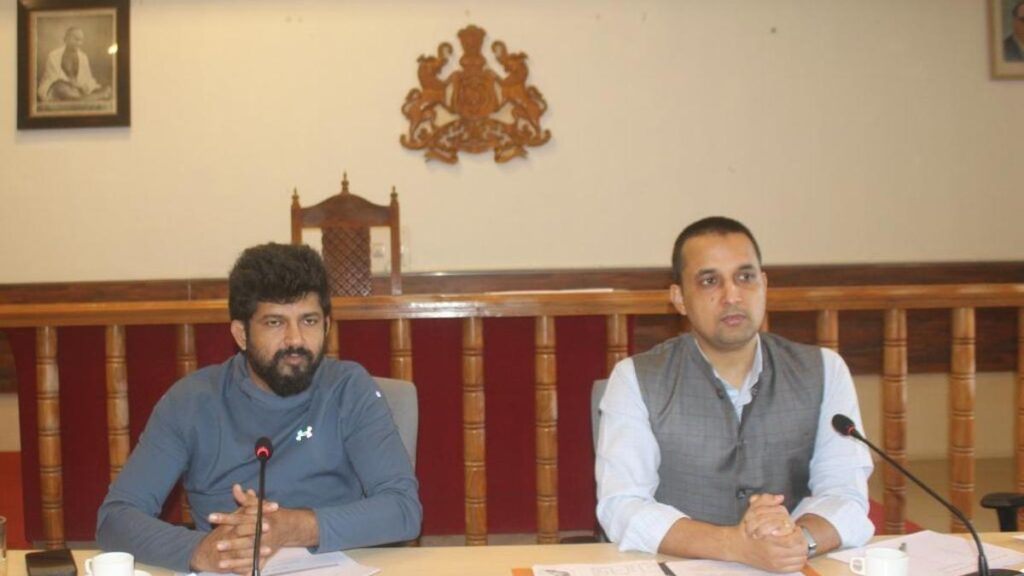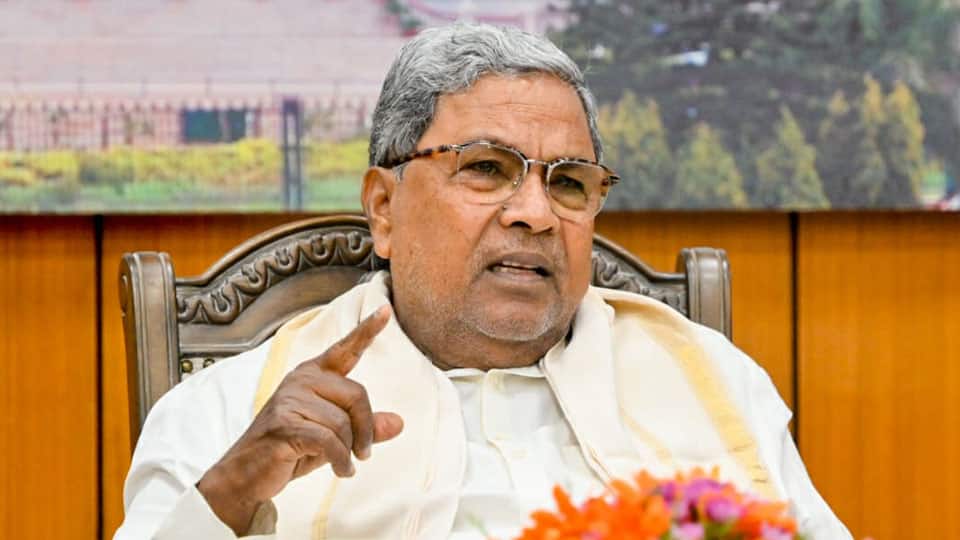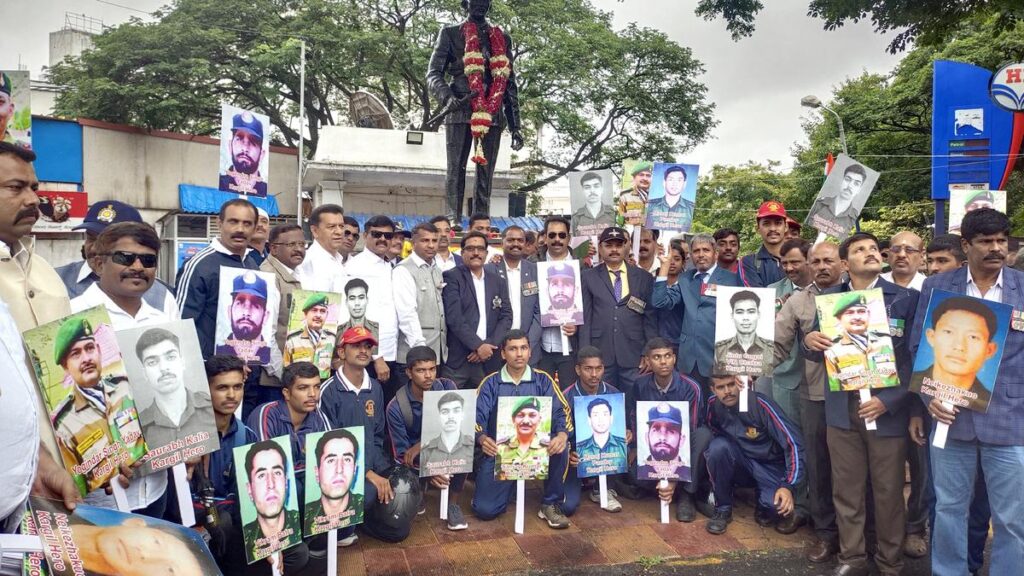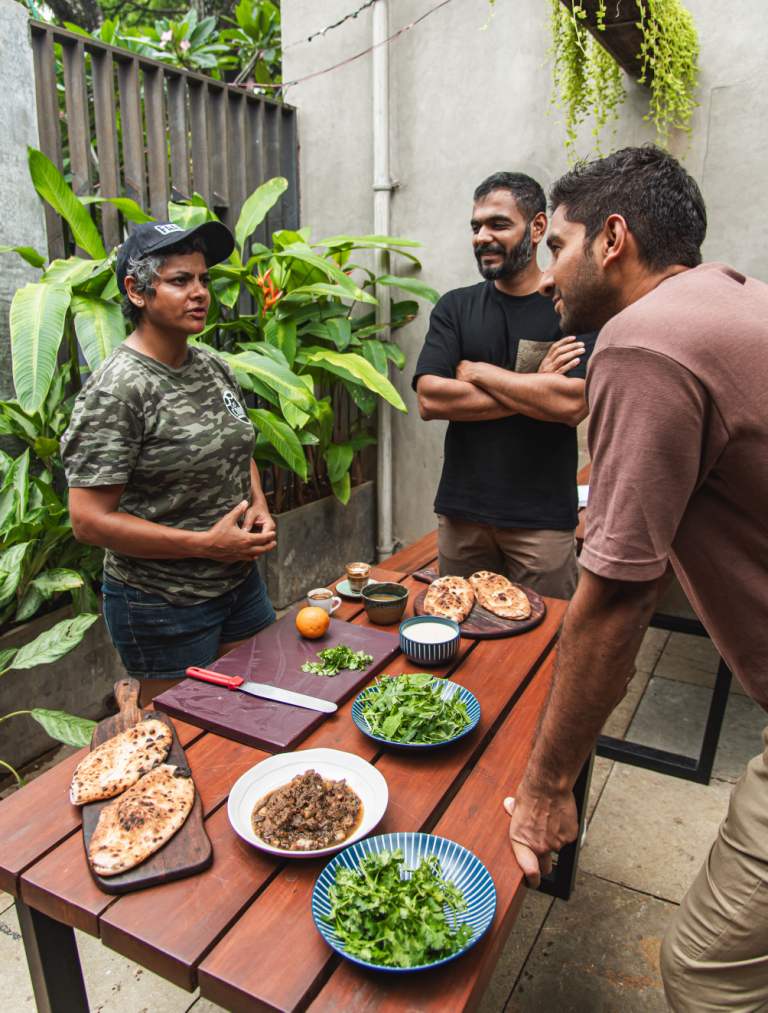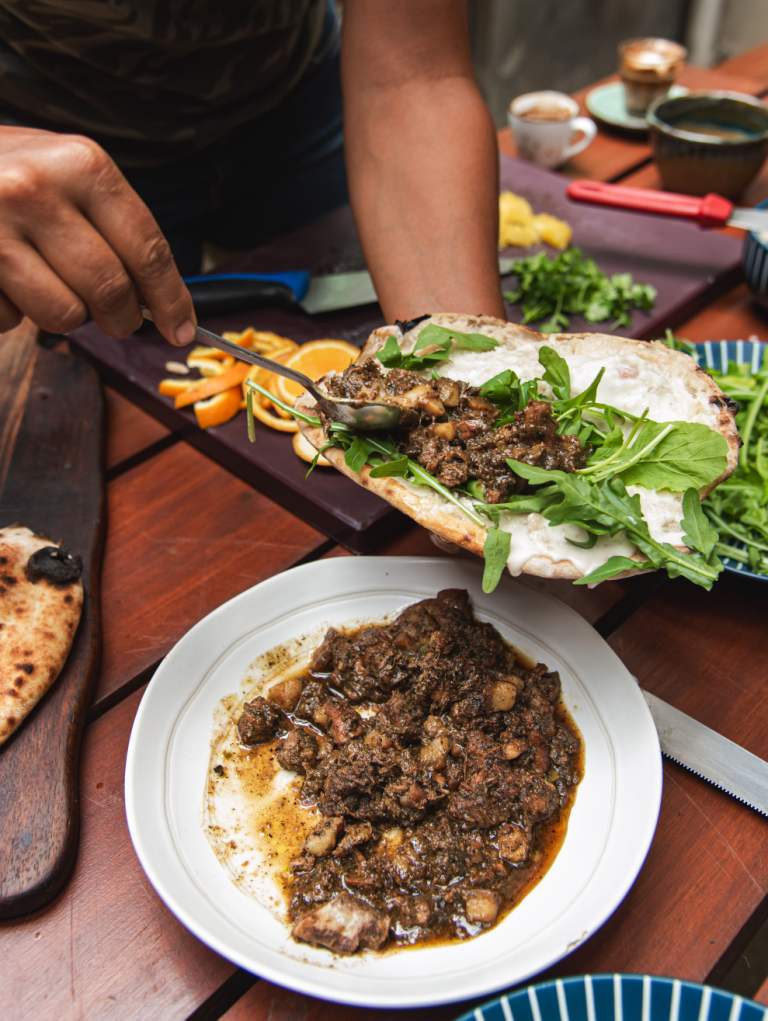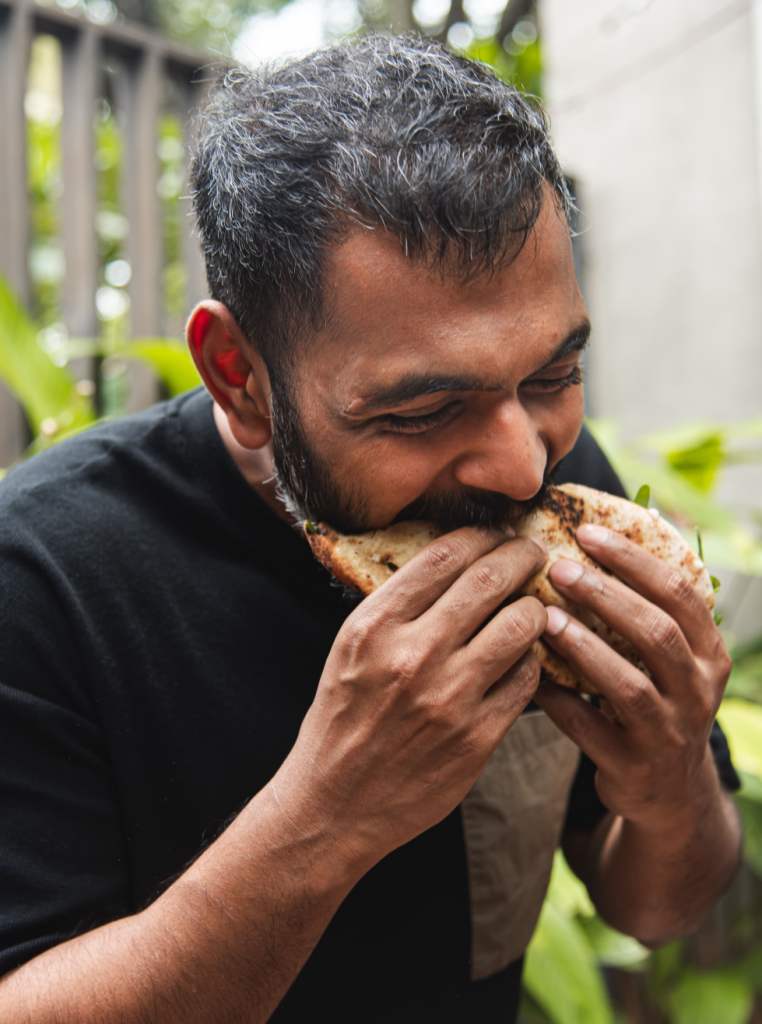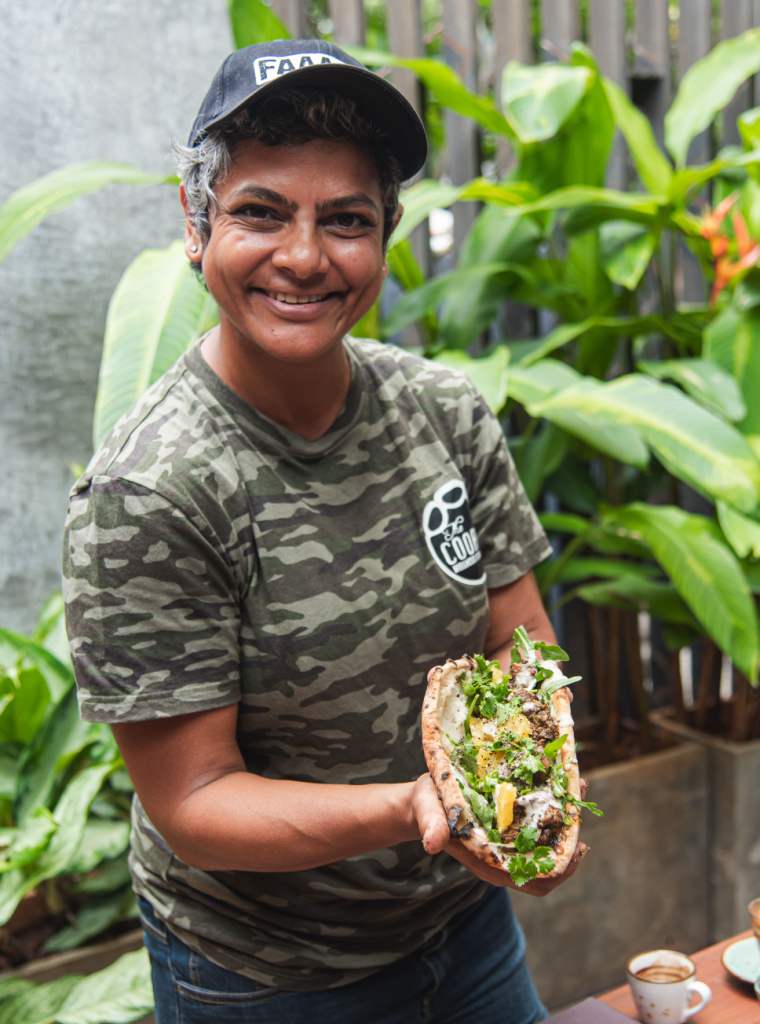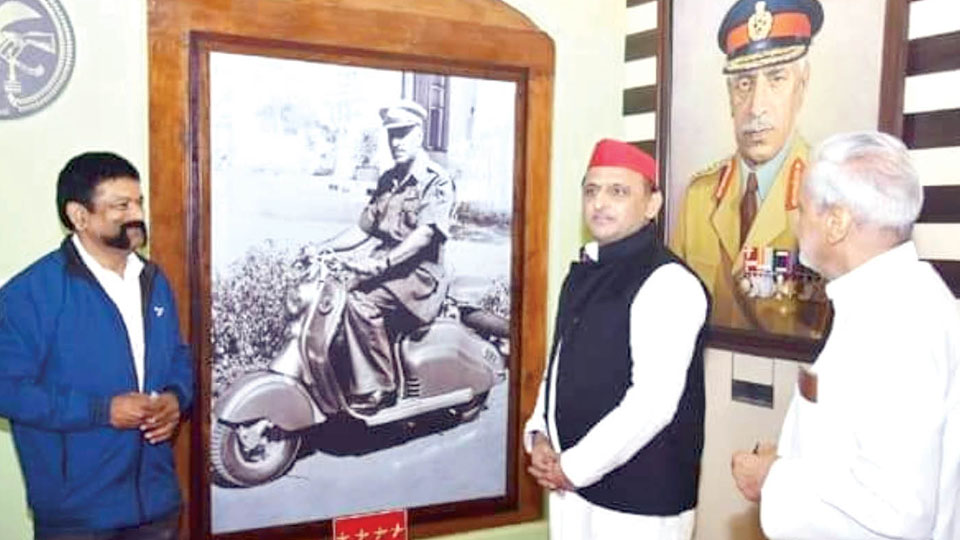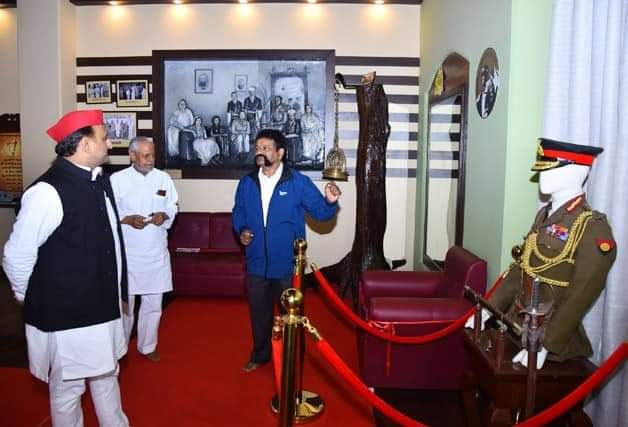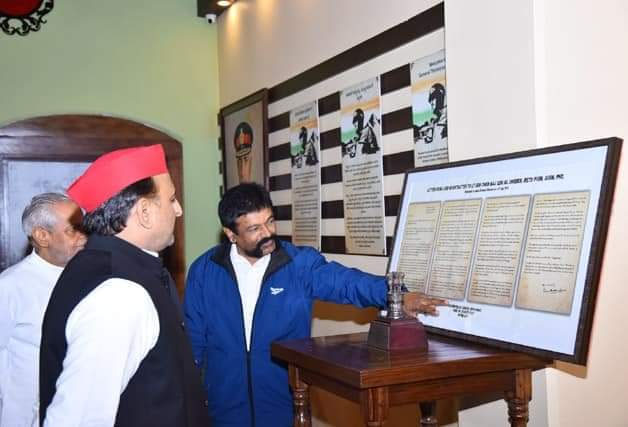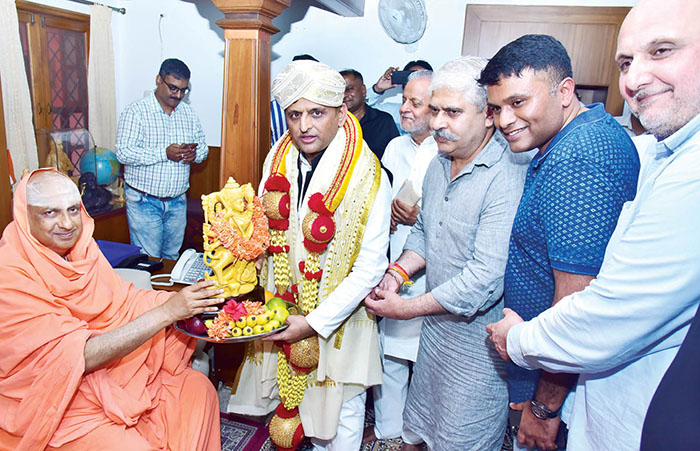KC Ganapathy will pair up with Varun Thakkar to represent India in the men’s 49er event at Tokyo 2020.

Indian sailing star KC Ganapathy not only made his country proud but also put his community — Kodava — on the sailing map of the world by making a cut in the 49er event (with crew member Varun Thakkar) for Tokyo 2020 at the Mussanah Open Championship earlier this year.
For the uninitiated, the Kodavas are a tribe from the Kodagu region of Karnataka in India, who speak the Kodava language. And the 26-year-old will be the first from his community to represent India at the Olympics.
His journey to the pinnacle of the sporting event has been challenging as after losing his father, Deepak Chengappa, it was his mother Reshma Chengappa, who ran the furniture business for his family in Chennai.
However, his achievement is also fulfilling for his grandmother Padma Prathap, a resident of Kolthodu village near Hatur in South Kodagu, as she has seen Ganapathy overcome all the odds.
“He won the Under-12 National Championship and has come a long way. I pray for his success every moment,” she told the starofmysore.com.
Incidentally, his journey is also inspiring for his Indian sailing contingent teammates, who have seen his never-say-die spirit at close quarters.
It happened so in 2020, that after being reduced to visual training for a major part of 2020 in Chennai, Ganapathy and his crew member Thakkar decided to train in South India in Rameswaram. However, the plan turned out into a disaster, as a bike accident almost reduced his chances of competing any further.
Ganapathy suffered a hairline fracture on the foot along with a soft tissue damage. But he was able to pull off the recovery in no-time, thanks to the doctors and training process he was asked to follow. His teammate Vishnu Sarvanan, a laser radial class sailor, has had a lot of respect for him ever since.
“When I got into sailing for the first time, I kind of looked up to him,” Vishnu told the New Indian Express.
Moreover, Ganapathy also worked on putting up weight to balance his boat (along with his partner), which needs a minimum of 160 kilograms on board. And from quitting school to pursue sailing on a full-time basis, Ganapathy has come a long way in pursuit of making his dreams count
When will KC Ganapathy’s campaign at Tokyo 2020 begin?
Varun Thakkar and KC Ganapathy will begin their campaign at Tokyo 2020 on July 27, Tuesday, in the men’s 49er Race 1.
source: http://www.olympics.com / Olympics.com / by Samrat Chakraborty / July 26th, 2023
